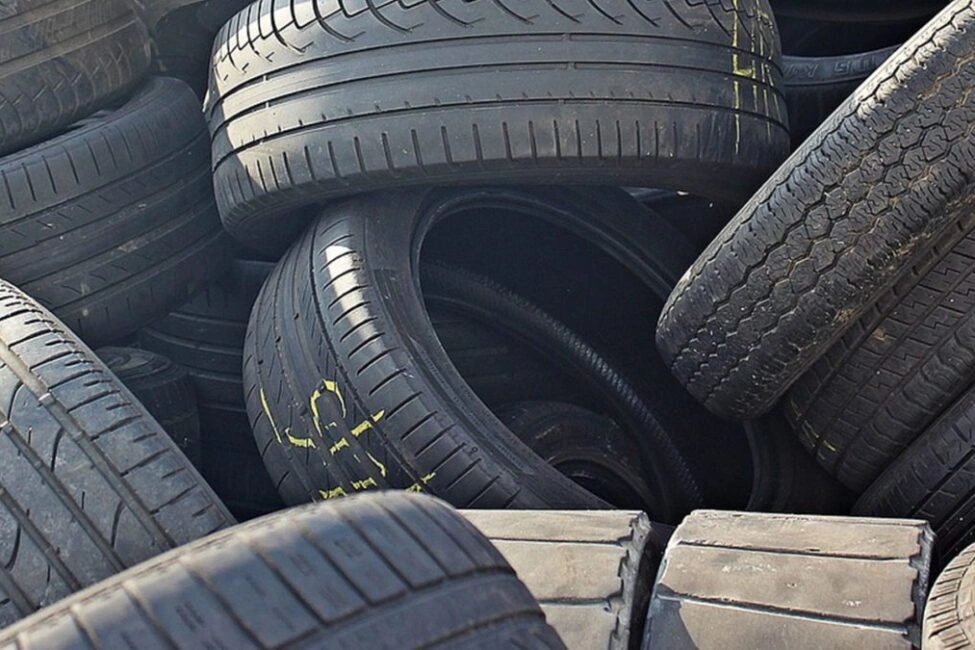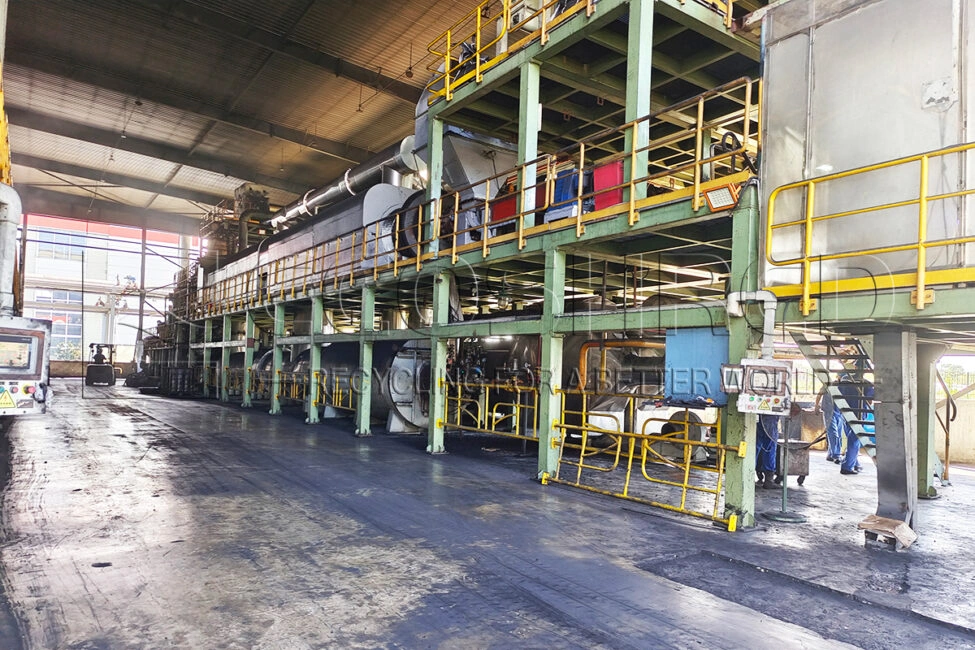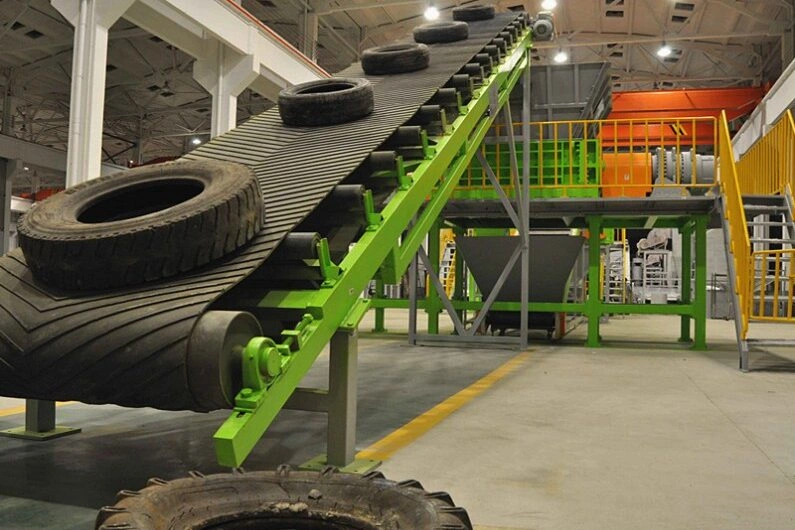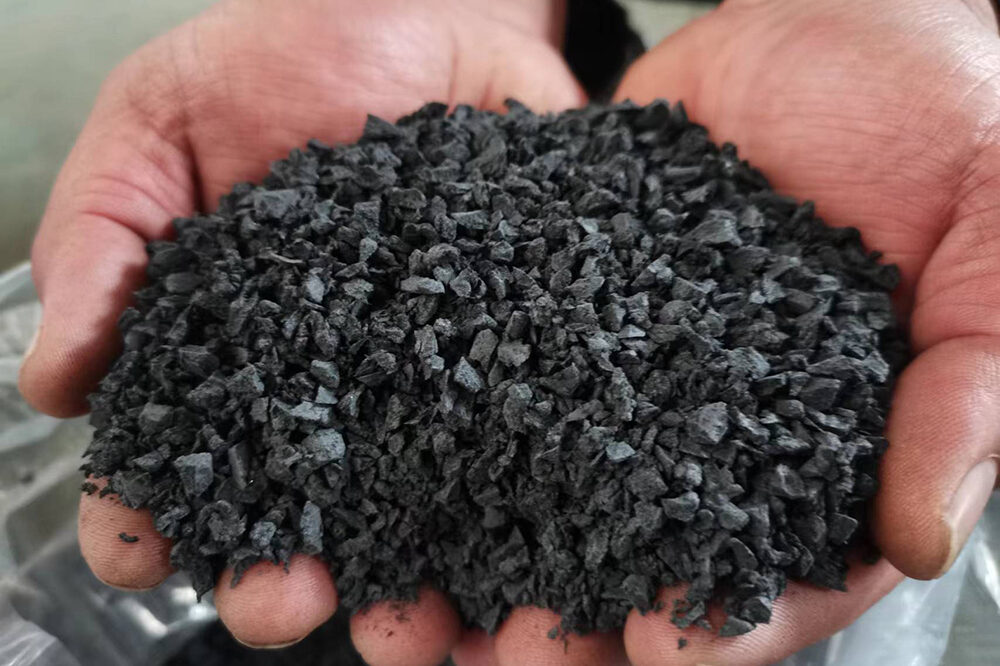
When it comes to recycling waste tires, pyrolysis technology offers two main types of systems: batch type pyrolysis plants and continuous pyrolysis plants. Each has its unique features and advantages, making them suitable for different operational needs. Understanding the differences between these systems can help you choose the right solution for your tire recycling business.

When it comes to recycling waste, versatility is key. Many people ask: Can a tire pyrolysis line process rubber or plastic? The good news is, yes! With the right setup, a tire pyrolysis plant can efficiently handle both materials, offering a sustainable solution for waste management. Let's explore how this works and why it's beneficial.

Have you ever wondered how nylon fiber is separated from waste tires during the recycling process? Nylon fiber, used to reinforce tires, must be removed to produce high-quality recycled rubber. This process requires specialized tire recycling equipment and precise techniques. Let's explore how it's done.

Have you ever wondered how steel wires are extracted from waste tires? The process is both fascinating and essential for recycling tires efficiently. Steel wires are a valuable byproduct of tire recycling, and extracting them requires specialized equipment like a tire debeader, tire crusher, and magnetic separator. Let's break down the steps involved in this process.
